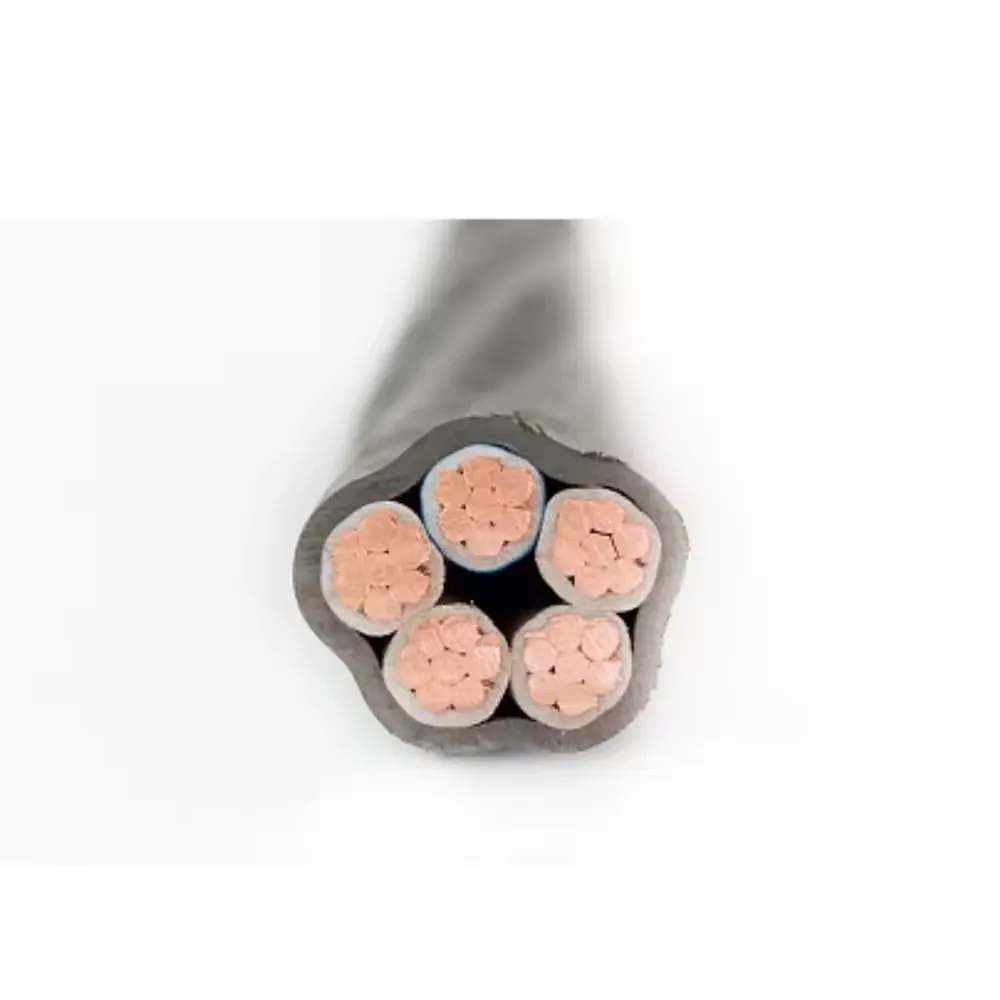Time: 2025-06-15 16:05:56 Source: Henan Province Jianyun Cable Co., Ltd.
Selecting cables for marine applications requires careful evaluation of environmental challenges, such as saltwater exposure, moisture, UV radiation, and mechanical stress. Both aluminum and copper cables offer distinct advantages and limitations, influencing their suitability for specific marine applications. Compliance with standards like IEC 60092 or ABS, along with fire-resistant and low-smoke, halogen-free (LSHF) properties, is essential for safety and reliability.

Copper cables exhibit superior electrical conductivity, approximately 61% higher than aluminum, allowing for efficient power transmission with smaller conductor sizes. Aluminum cables require larger cross-sectional areas to achieve equivalent current-carrying capacity, increasing cable size and potentially complicating installation in confined spaces.
Aluminum is significantly lighter, weighing about one-third as much as copper for the same volume. This makes aluminum cables advantageous for marine applications where weight reduction is critical, such as in large vessels or offshore platforms, reducing structural load and fuel consumption.
In marine environments, corrosion resistance is paramount. Tinned copper cables offer excellent resistance to saltwater corrosion, outperforming standard copper. Aluminum cables, while naturally forming a protective oxide layer, are more susceptible to galvanic corrosion when in contact with dissimilar metals, requiring careful insulation and sealing. Tinned copper is generally preferred for long-term reliability in harsh marine conditions.
Aluminum cables are typically 30–50% less expensive than copper cables per unit weight, offering cost savings for large-scale installations. However, the need for larger conductors and specialized connectors for aluminum may offset initial savings, particularly in high-current applications.
Copper cables are more flexible and resistant to mechanical fatigue, making them suitable for applications involving frequent bending or vibration, such as onboard machinery. Aluminum cables are less flexible and more prone to work hardening, which can lead to cracking under repeated stress. However, with proper design, such as stranded conductors, aluminum can meet durability requirements.
| Property | Aluminum Cables | Copper Cables |
|---|---|---|
| Conductivity | Lower; requires larger conductors | Higher; smaller conductors suffice |
| Weight | Lighter (~1/3 of copper) | Heavier |
| Corrosion Resistance | Moderate; prone to galvanic corrosion | Excellent (tinned copper) |
| Cost | Lower (30–50% less than copper) | Higher |
| Durability/Flexibility | Less flexible; prone to fatigue | More flexible; resistant to fatigue |
| Typical Applications | Long-distance power distribution, auxiliary systems | Propulsion, navigation, control systems |
Choosing between aluminum and copper cables for marine applications depends on specific requirements. Copper cables, particularly tinned, are preferred for critical systems due to their superior conductivity, corrosion resistance, and flexibility. Aluminum cables offer cost and weight advantages, making them suitable for less demanding, long-distance applications. Budgeting 10–15% of system costs for cables, prioritizing certified materials with LSHF properties, ensures reliability. Decision-makers should verify performance against marine standards, such as IEC or ABS, to optimize safety and efficiency.